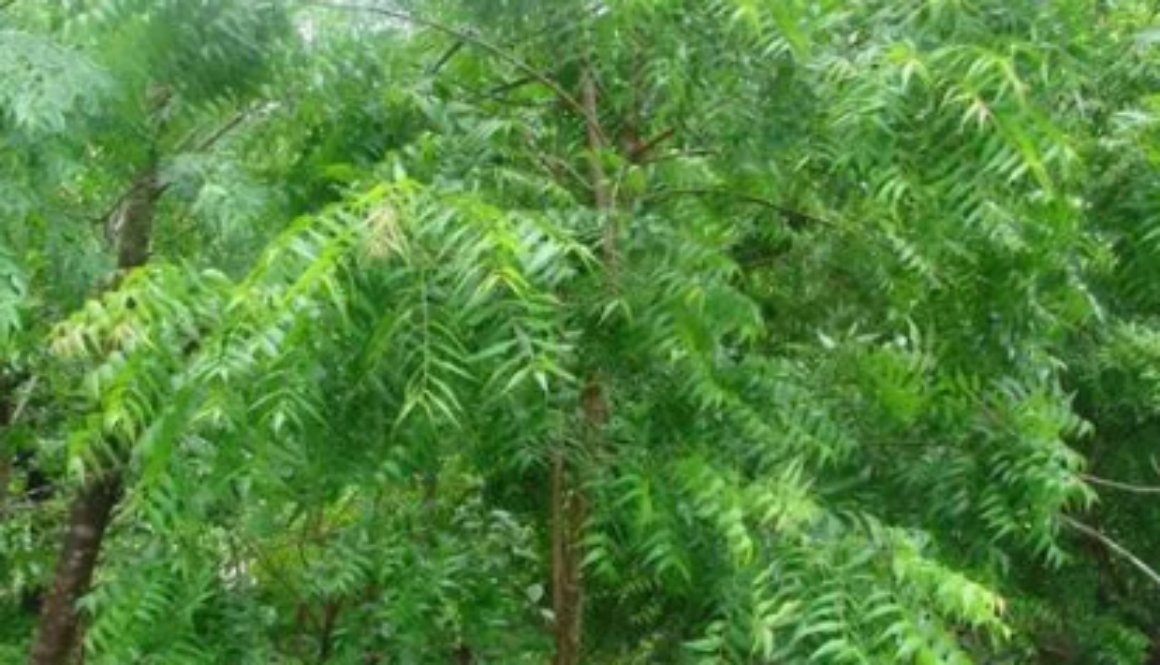Nimro
Wild as well as planted on all types of soils, it is a drought hardy large evergreen tree growing 10-11 m tall with spreading branches. Leaves have leaflets 4-7 pairs, opposite, lanceolate with serrate margins. Small white scented flowers in axillary clusters. Fruit smooth ellipsoidal drupe, green or yellow with a sweet pulp enclosing a seed. Flowering and fruiting in March to July.
Part used : Whole plant
Usage: The leaves applied externally, are very useful in skin diseases, boils, chronic ulcers, eruption of smallpox, glandular swellings and wounds. The decoction of the leaves with inflorescence taken orally cures malarial fever.
Washing of hair with leaf decoction stops hair loss. Leaf juice useful in night blindness and conjunctivitis. The juice of leaves and equal quantity of pure honey is an effective remedy for any inflammation in the ear. The juice and the half quantity of honey when taken empty stomach for seven days cures jaundice. Paste of leaves with black pepper and rock salt is used to treat fever. The smoke of dried leaves is very effective to repel the
mosquitoes and other insects. The infusion is used as an antiseptic wash for healing of ulcer and wounds.
The root bark and stem bark has more or less same properties. The bark is stimulant, very useful in piles. A decoction of bark, sandal and giloy taken internally removes the urticaria. The paste of bark is applied on burnt
portion for early healing. Paste applied on cuts and boils hastens suppuration. The sap of tree has been found effective in the treatment of leprosy. Cleaning the teeth with neem twig prevents gum disease and protects the mouth from various infections. The fruit is anti-periodic. purgative and anthelmintic. The dry fruits are bruised in
water and used to treat skin diseases. Fruit powder is used to kill lice in the hairs. It is also eaten for curing pimples and boils. Seed oil extracted from the seeds is known to have anti-inflammatory and healing properties
and is used especially to treat skin infections.
Agrotechniques : Seeds collected in February-March sown directly in polybags. The saplings can be planted in 50 x 50 x 50 pit filled with local soil mixed with farmyard manure (2: 1). The plant to plant distance may be between 5 to 8 m. irrigation required before and after plantation and 2-3 times in first two years, with regular weeding. Mature leaves and ripe fruits are collected and dried. 011 is extracted from the dried seeds.

